PENEGAKAN HUKUM PERDAGANGAN SATWA LIAR (HEWAN KUKANG) DI WILAYAH KOTA BATU
Abstract
Indonesia, as a mega-biodiversity country, faces serious threats from the illegal wildlife trade, including the slow loris (Nycticebus spp.), a protected endemic primate. This study aims to examine law enforcement efforts against wildlife trafficking within the jurisdiction of the Batu Police Department in East Java, as well as the role of the East Java Natural Resources Conservation Agency (BBKSDA). Using an empirical juridical approach, the study analyzes law enforcement practices through a case study of slow loris trafficking uncovered by the Batu Police cybercrime unit. The findings indicate that the success in revealing the case was due to collaboration between law enforcement and BBKSDA East Java, despite ongoing challenges. These include internal obstacles such as limited human resources and budget constraints, as well as external factors like low public awareness and the existence of organized crime networks. This study recommends a multisectoral approach, institutional capacity building, and improved public literacy as essential strategies for conservation efforts and combating wildlife trafficking in Indonesia.
Downloads
References
Annas, A. F., & Dzahabiyyah, N. F. (2020). Penyelundupan Orangutan dalam Konsep Perlindungan Satwa Liar dan Hukum Positif Indonesia.Padjadjaran Law Review,8(1),56-70.http://jurnal.fh.unpad.ac.id/index.php/plr/article/download/23/110
Apriyani, L., & Adisti, N. A. (2021). Sosialisasi Sanksi Pidana Terhadap Pelaku Kejahatan Konservasi Sumber Daya Alam Hayati dan Ekosistemnya di SMK Negeri 7 Bandar Lampung.Jurnal Abdidas,2(3), 573–580.https://doi.org/10.31004/abdidas.v2i3.327
Hanif, F. (2021). Upaya Perlindungan Satwa Liar Indonesia Melalui Instrumen Hukum dan Perundang –Undangan.Jurnal Hukum Lingkungan Indonesia,2(2), 29–48.https://doi.org/10.38011/jhli.v2i2.24
Hanim, L., Chalim, M. A., & Hafidz, J. (2020). Pelaksanaan Perlindungan Satwa Liar yang Dilindungi Menurut Hukum Indonesia dan Hukum Internasional..Prosiding Seminar Nasional Penelitian Dan Pengabdian Kepada Masyarakat,1(1), 161–168.https://doi.org/10.24967/psn.v1i1.819
Haq, A. K. (2021). Peran Lembaga Pelestarian Satwa Borneo Orangutan Survival Samboja Lestari Terkait Perlindungan Hukum Terhadap Satwa yang Dilindungi Dari Perdagangan Liar Di Kalimantan Timur.Journal of Law (Jurnal Ilmu Hukum),1(3),623–635.http://ejurnal.untag-smd.ac.id/index.php/DD/article/download/5690/5343
Palyama, F. E., Leuwol, N. V., Suripatty, R., Palinggiran, S. L., Rumbekwan, H. G., & Kambu, F. (2025). Revitalisasi Mahkota Cenderawasih Papua Sebagai Wujud Kearifan Lokal di Jemaat GKI Kasih Perumnas, Kota Sorong, Provinsi Papua Barat Daya.Jurnal Abdi Insani,12(1), 73–81.https://doi.org/10.29303/abdiinsani.v12i1.1988
Pramana, M. A., Rato, D., & Ohoiwutun, Y. T. (2025). Penegakan Hukum dalam Kasus Perlindungan Satwa Liar: Kajian Sosiologi Hukum tentang Keadilan dan Ketimpangan Sosial.VISA Journal of Vision and Ideas,5(1).https://doi.org/10.47467/visa.v5i1.5302
Prawignyo, K. A. (2018). Pengaturan Perdagangan Satwa Langka yang Dilindungi Menurut Convention on International Trade in EndangeredSpecies of Wild Fauna and Flora (Cites) dan Implementasinya di Indonesia.Prosiding Ilmu Hukum, 852–856.https://doi.org/10.29313/.v0i0.10938
Prihatini, L., Wijaya, M. M., & Romelsen, D. N. (2021). Aspek Hukum Pidana Terhadap Penegakan Hukum Perlindungan Hewan di Indonesia.| PAKUAN LAW REVIEW,7(2), 37–52.https://doi.org/10.33751/palar.v7i2.3582
Rachmat, R. F. R. (2016).Perbandingan Hukum antara Pengaturan Perlindungan Satwa Liar yang Dilindungi di Indonesia dan di Australia Dikaitkan denganConvention on International Trade in Endangered Species of Wild Fauna and Flora (CITES).https://repository.maranatha.edu/20577/
Rahayu, T. (2015).Perlindungan Hukum Terhadap Satwa dari Perdagangan Liar (Studi Pada Wildlife Rescue Center, Pengasih Kulon Progoyogyakarta). https://digilib.uin-suka.ac.id/15880/
Ramadhani, N. N. A., Salma, N. Z. H., Zai, N. F. P. J., & Ridwan, N. R. (2025). Analisis Dampak Ekosistem Lingkungan terhadap Kebijakan Pembangunan Ibu Kota Nusantara (IKN) di Kalimantan Timur.Public Service and Governance Journal,6(1), 09–26.https://doi.org/10.56444/psgj.v6i1.2203
Ringgi, N. D., & S, N. S. (2023). Analisis Hukum Mengenai Perlindungan Satwa Langka Menurut Convention On International Trade of EndangeredSpesies.Paulus Law Journal,4(2), 85–95.https://doi.org/10.51342/plj.v4i2.568
Suradnya, I. G. N. M., Dewi, A. a. S. L., & Suryani, L. P. (2021). Penegakan hukum pidana terhadap penyelundupan hewan satwa.Jurnal Analogi Hukum,3(2), 161–164.https://doi.org/10.22225/ah.3.2.2021.161-164
Syahfriliani, L. R., & Sunarsi, D. (2020). Perlindungan hukum terhadap perdagangan satwa liar jenis ikan hiu di Indonesia.SUPREMASI Jurnal Hukum,3(2), 76–85.https://doi.org/10.36441/supremasi.v3i2.161
Copyright (c) 2025 Jurnal Esensi Hukum

This work is licensed under a Creative Commons Attribution-ShareAlike 4.0 International License.
Authors who publish with this Journal agree to the following terms:
1. Author retain copyright and grant the journal right of first publication with the work simultaneously licensed under a creative commons attribution license that allow others to share the work within an acknowledgement of the work’s authorship and initial publication of this journal.
2. Authors are able to enter into separate, additional contractual arrangement for the non-exclusive distribution of the journal’s published version of the work (e.g. acknowledgement of its initial publication in this journal).
3. Authors are permitted and encouraged to post their work online (e.g. in institutional repositories or on their websites) prior to and during the submission process, as it can lead to productive exchanges, as well as earlier and greater citation of published works.
4. 
This work is licensed under a Creative Commons Attribution-ShareAlike 4.0 International License.

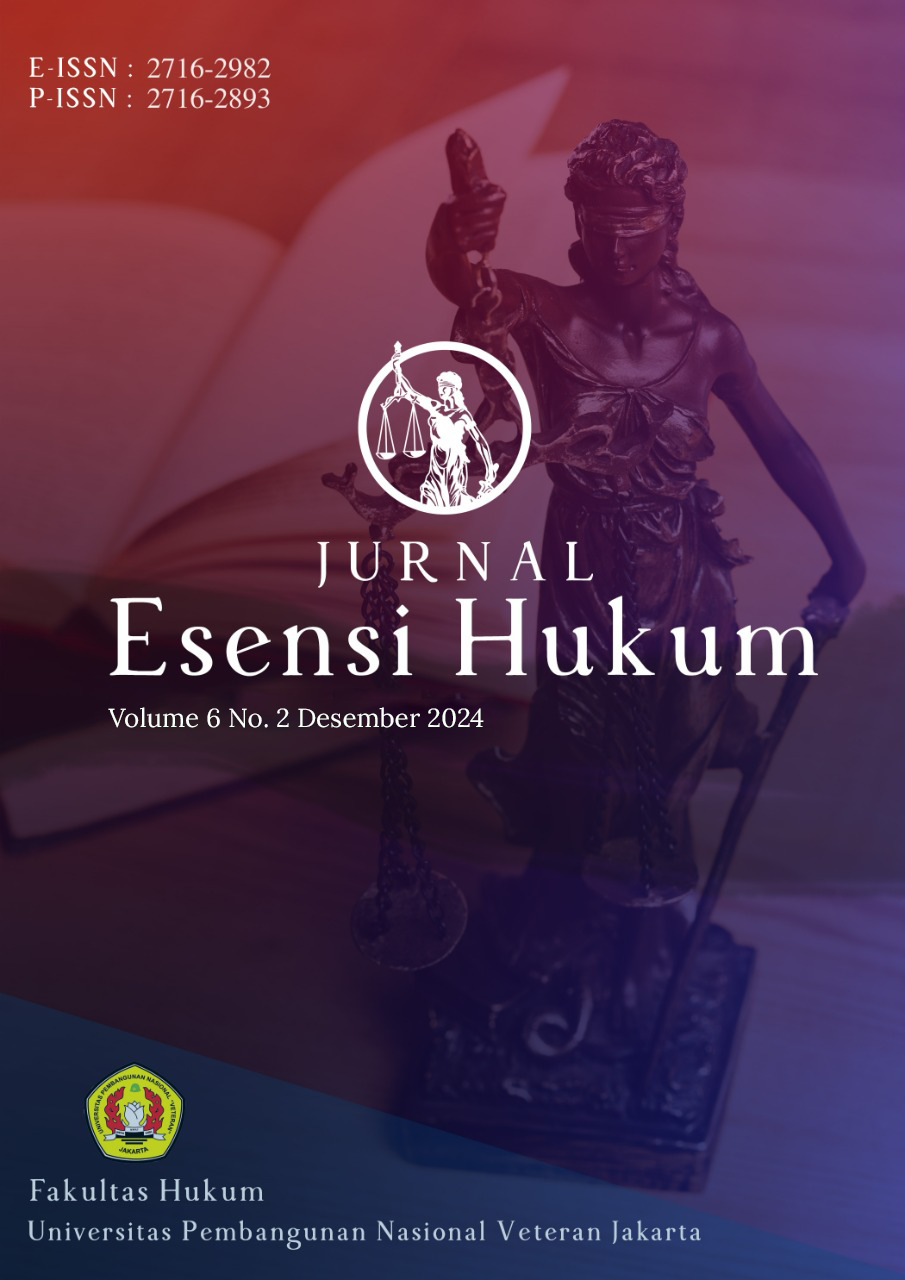
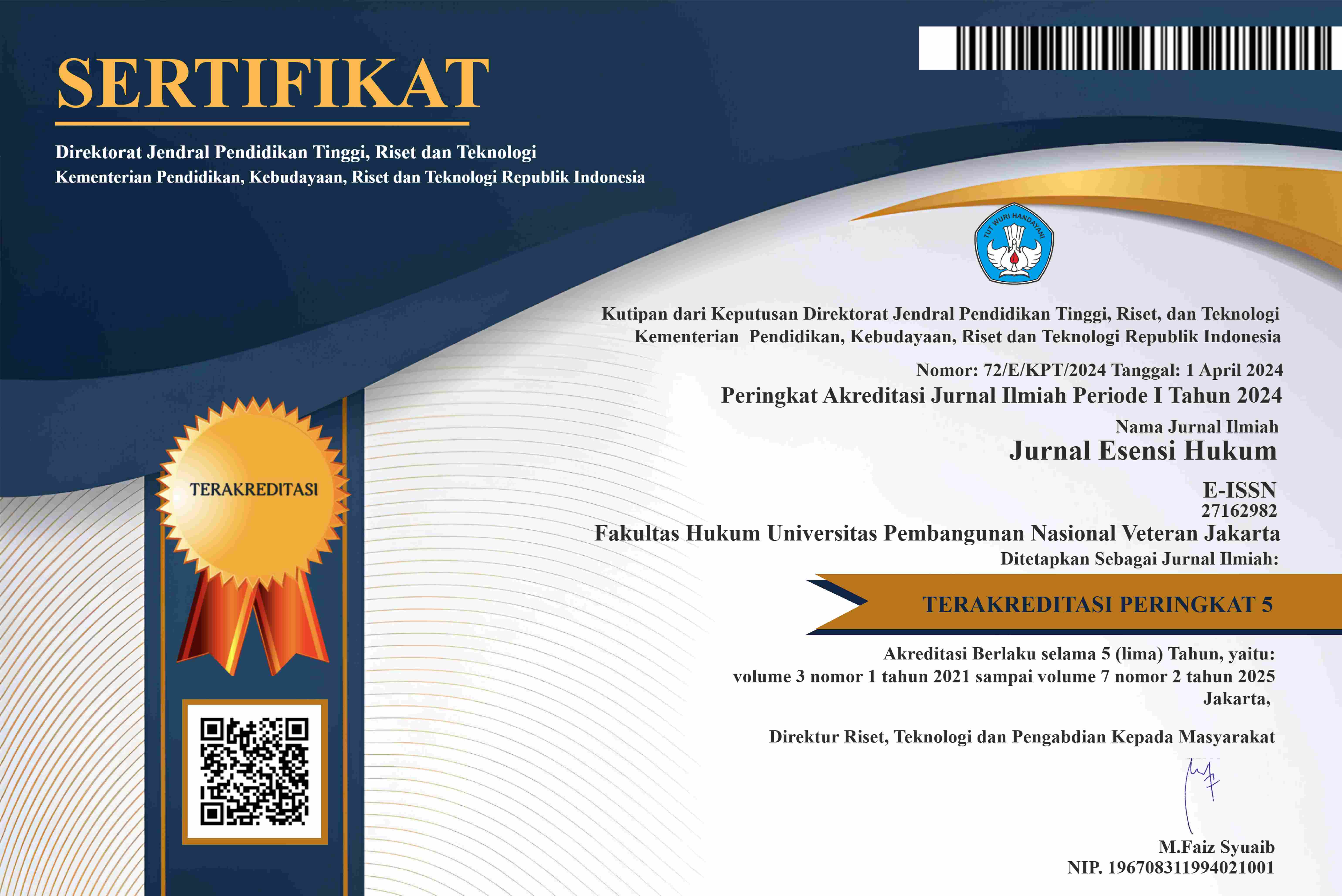
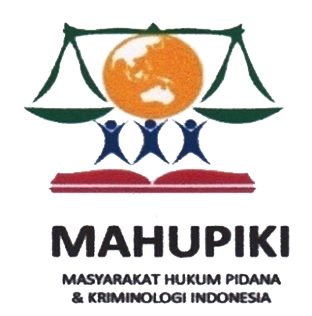
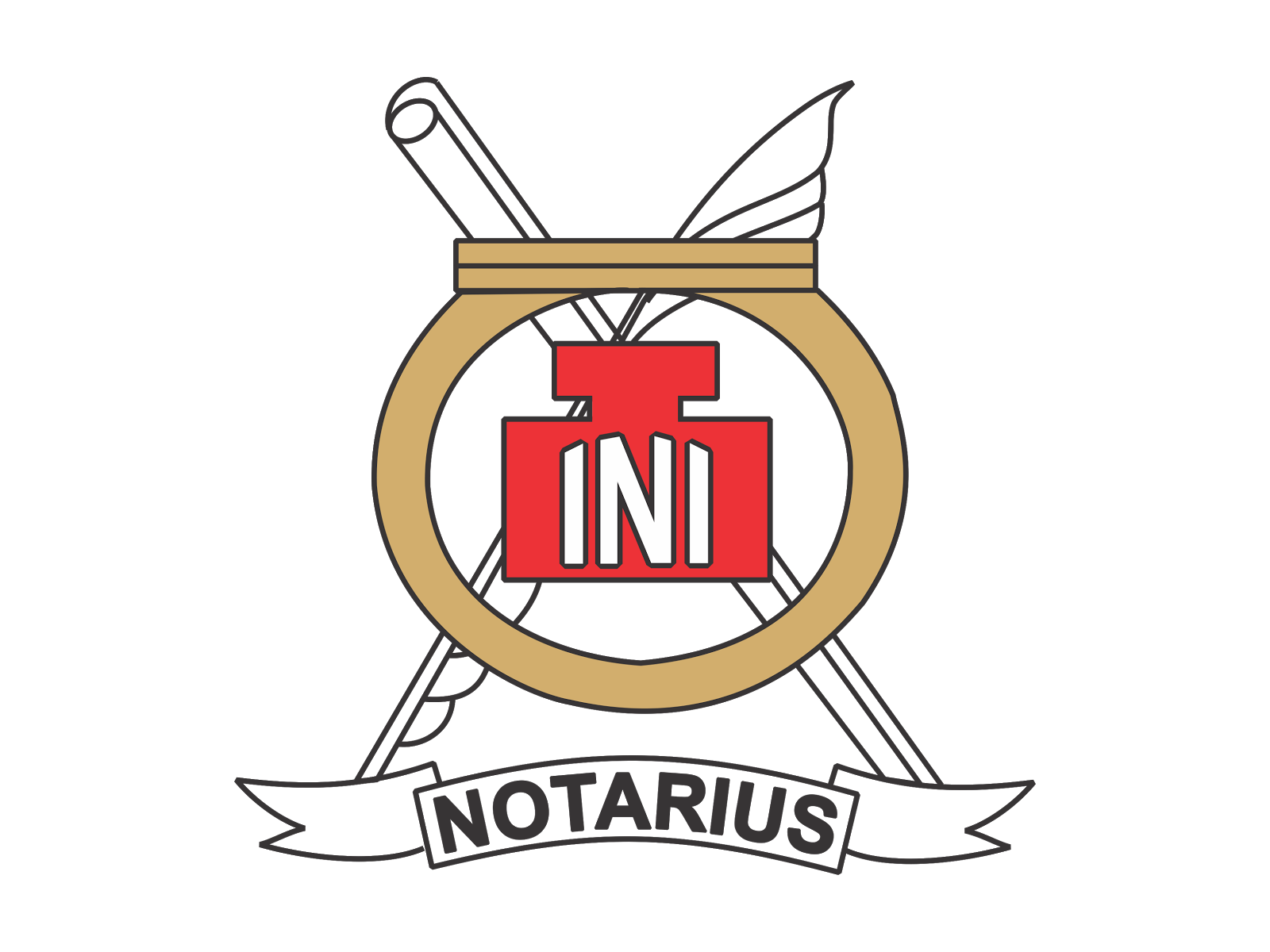
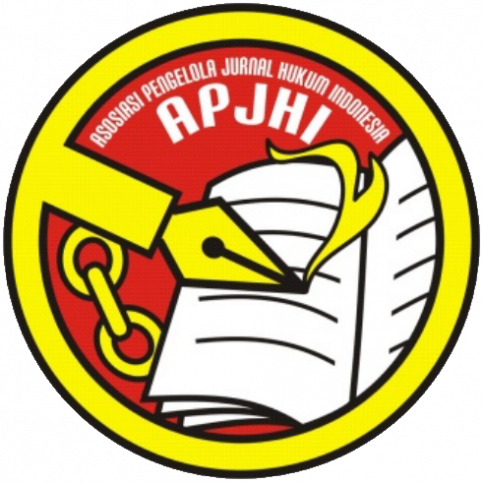
2.png)

